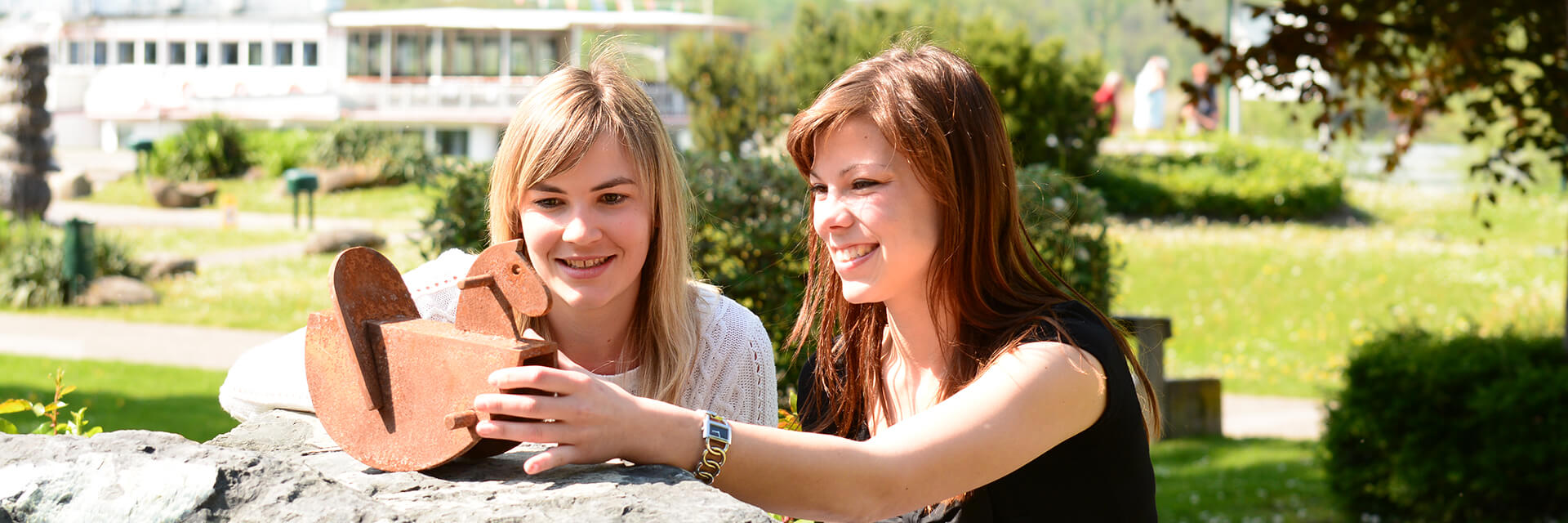Station VI: Wiener Straße
City excursion or: Egon and the horse-drawn carriage
Here you can find out: Where people strolled at the turn of the century. Where Egon's father drove his family. Why the people of Tulln secretly whispered. And why the stationmaster was one of the town's dignitaries.
Start of themed circular route: Tulln main station
Distance: 3.6 km
Duration: approx. 90 min.
Difficulty: easy - barrier-free
Schiele Folder EN
Schiele Folder EN
Turn of the century in Tulln. The former Babenberg residence experiences a new upswing. Ox and horse-drawn carts still characterize the townscape. But the Franz-Josefs-Bahn has been stopping here for a long time. And now an iron bridge is being built over the Danube. The 4,000 citizens of the district capital have a cosmopolitan air about them. Dressed in their Sunday best, they stroll along Wiener Strasse to the main square, where people were already busy trading in the Middle Ages. They admire the goods on display in the bourgeois stores, try on the latest fashions from the capital city of Vienna. And to finish off, treat yourself to a coffee and a piece of cake in one of the small patisseries.

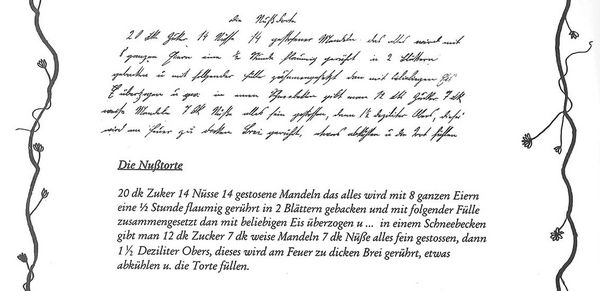
Respected person in uniform.
The Schiele family does not have a very good reputation in Tulln. As stationmaster, father Adolf was one of the town's notables. With his uniform, sword and plumed hat, he emphasizes his position as a person of respect. Like his young wife Marie, the daughter of a wealthy family, he only feels comfortable in good company. When the Schieles drive through Wiener Strasse to the main square in their horse-drawn carriage, they are greeted from all sides. That is what convention demands. But not every greeting is returned. That's why the people of Tulln whisper behind closed doors about the arrogance of immigrants who have only lived in the city for a few years. And still think they are better than them.

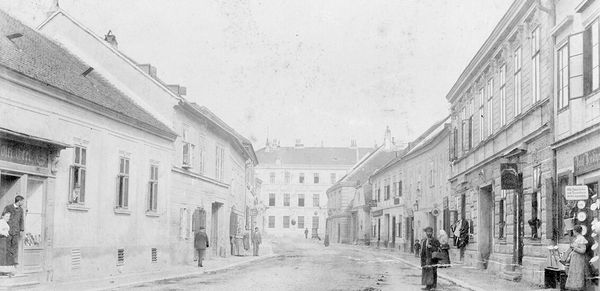

![[Translate to English:] Wiener Straße, um 1902 [Translate to English:] Wiener Straße, um 1902](/fileadmin/_processed_/8/b/csm_6_RudolfstrasseWienerstrasse_img290_628px_komp.jpg_060d0a46fd.jpg)
[Translate to English:] Wiener Straße, ca. 1902
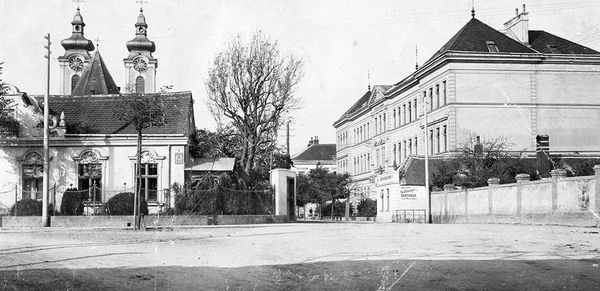
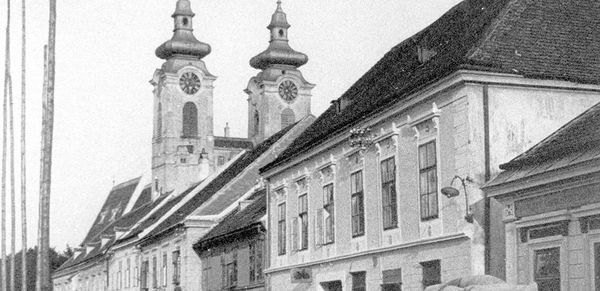
Impressions of the landscape.
Do the Schieles know how people talk about them behind their backs? To the outside world, they appear relaxed. On their horse-drawn carriage rides around Tulln, father Adolf not only collects butterflies and minerals, but also impressions for his landscape paintings. Of course, he does not have Egon's talent. Even in his first portraits and landscape paintings, he was breaking new ground. A hundred years later, Schiele scholars would call this "breaking taboos". And remind us that even the young Schiele had a very special view of the world.
General plan
